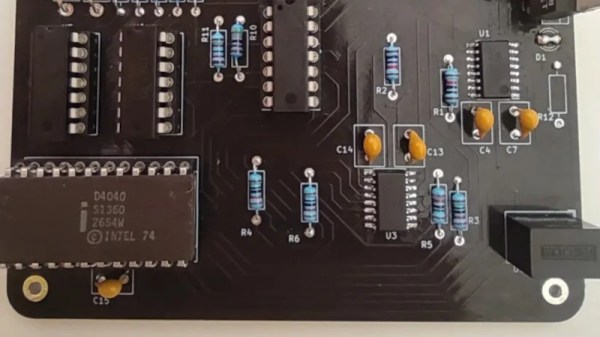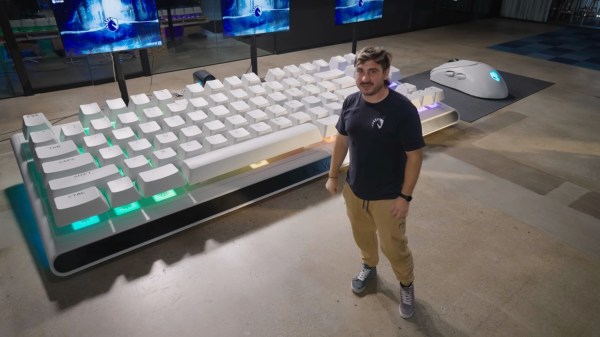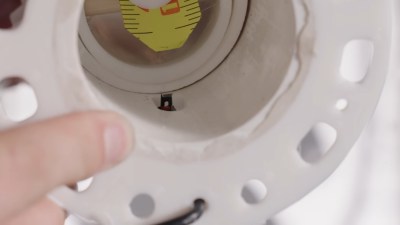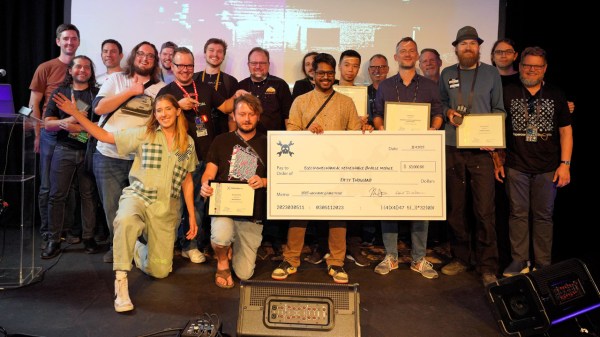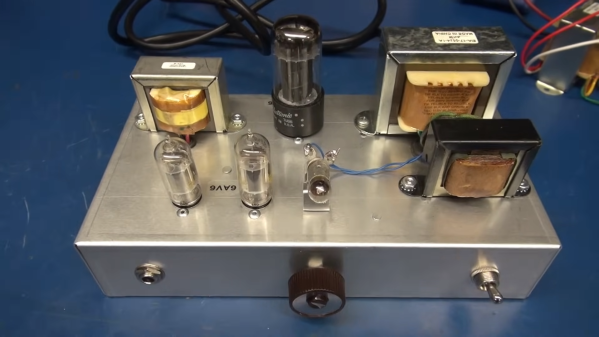Here at Hackaday, we feature all kinds of projects, and we love them all the same. But some projects are a little easier to love than others, especially those that get the job done in as simple a way as possible, with nothing extra to get in the way. This completely electronics-free water gauge is a great example of doing exactly as much as needs to get done, and not a bit more.
If this project looks a bit familiar, it’s because we featured [Johan]’s previous version of “Pixel Pole” a few years back. Then as now, the goal of the build is to provide a highly visible level gauge for a large water tank that’s part of an irrigation system. The basic idea was to provide a way of switching a pump on when the tank needed filling, and off when full. [Johan] accomplished this with a magnetic float inside the tank and reed switches at the proper levels outside the tank, and then placed a series of magnetic flip dots along the path of the float to provide a visual gauge of the water level. The whole thing was pretty clever and worked well enough.
But the old metal flip dots were getting corroded, so improvements were in order. The new flip dots are 3D printed, high-visibility green on one side and black on the other. The only metal parts are the neodymium magnet pressed into a slot in the disc and a sewing pin for the axle. The housing for each flip dot is also printed, with each module snapping to the next so you can create displays of arbitrary height. The video below shows printing, assembly, and the display in action.
[Johan]’s improvements are pretty significant, especially in assembly; spot-welding was a pretty cool method to use in the first version, but printing and snapping parts together scales a lot better. And this version seems like it’ll be much happier out in the elements too. Continue reading “3D Printing Improves Passive Pixel Water Gauge”

